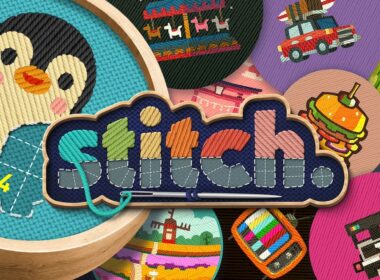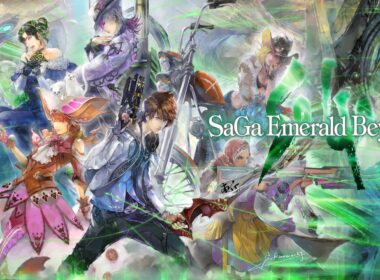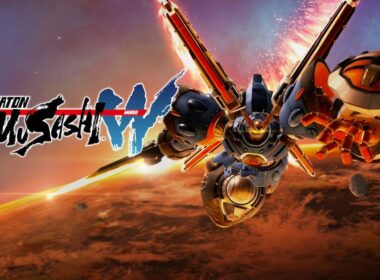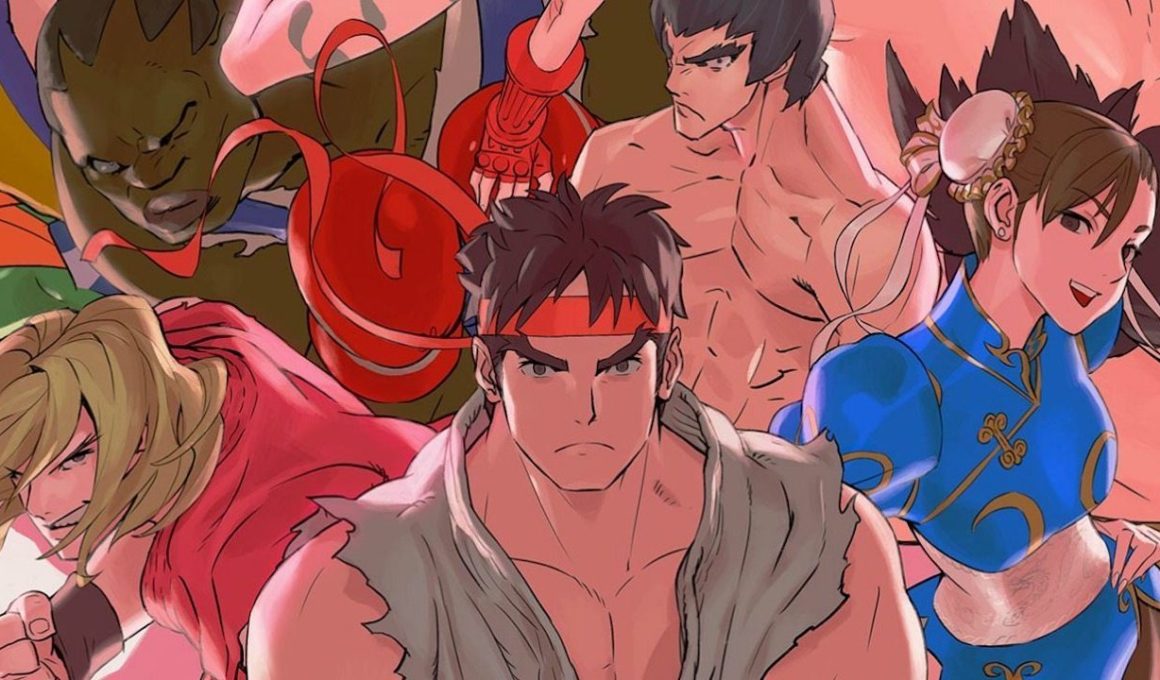Ultra Street Fighter II: The Final Challengers can be seen as a love letter to Capcom’s past, reborn for a new generation. 25 years after Street Fighter II cartridges were first slammed into the Super Nintendo Entertainment System, this chance to rekindle your fighting spirit is a welcome one, even if the play on your nostalgia is particularly shameless.
After several reincarnations, Street Fighter II remains the most successful chapter in the history of Capcom’s fighting series. It seems fitting, then, that, as the 30th anniversary celebrations are underway, it should return home to a Nintendo console.
Given the legacy before it, most of the content in Ultra Street Fighter II doesn’t break the mould. Arcade mode will see you once again fly around the world to fight against the CPU, with difficulty settings ranging between the breezy Trainee to the punishing World Warrior. Meanwhile, Versus mode remains the quickest way to fight one-off matches against another player or the CPU, also opening up the chance to fight local battles across two separate Nintendo Switch consoles. And then there’s Training mode, that will help players familiarise themselves with the controls, trawling through command lists to learn how to pull off special moves before trying to take down an opponent.
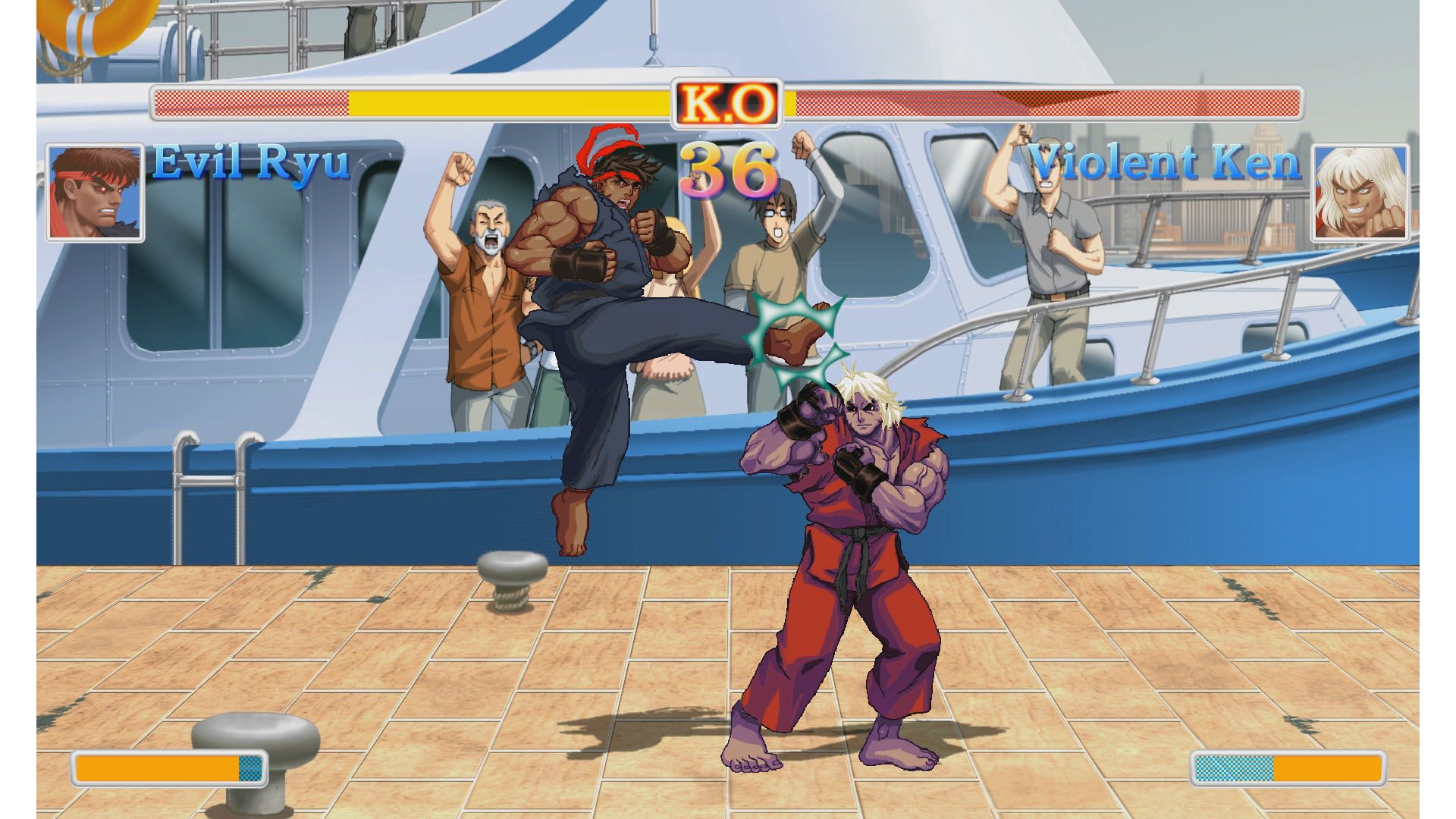
That core remains whole and presents a familiar ground for the aficionados that continue to support the long-running series. But, it was important for Capcom to deliver something new and unexpected to the all-time fighting great, otherwise, it wouldn’t be particularly deserving of its newfound ‘Ultra’ moniker.
It’s important, then, to talk about what’s new. Straight up you will notice Buddy Battle, an exclusive addition that challenges two players to team up to take down CPU opponents. Having an ally by your side makes this an empowering experience, the extra brute strength countered by the fact that you share a Vitality Bar. This will recover at the end of each round and when players Taunt, but care will be needed in brawls to make sure that you don’t put your success at risk.
Away from standard matches, this is a perfect chance to detach the Joy-Con and pass one to a friend to get them involved – even more so as a supportive move to play alongside newcomers to the genre. However, the clear shortcoming here is that the mode is unavailable in local and online play, meaning that it is limited to playing locally on one console.
In looking to make the game more accessible, Capcom has added a Lite control type that you can freely switch to. This allows players to assign Special and Normal Moves to specific buttons, in comparison to the Pro control scheme, which only lets you assign Normal Moves.
The roster presents all the characters that players have come to love and introduces Evil Ryu and Violent Ken to the Street Fighter II multiverse for the first time. Whether having succumbed to darkness or brainwashed, these new characters present differing play styles that many will enjoy getting to grips with. Those that want to personalise their favourite fighter can now turn to Color Editor, a welcome addition that lets you create alternate colour schemes. As neat as it sounds, this simply sees each character broken down into multiple sections, with the player able to choose which colour to use for each. It’s not particularly complex, but the results are commendable enough.
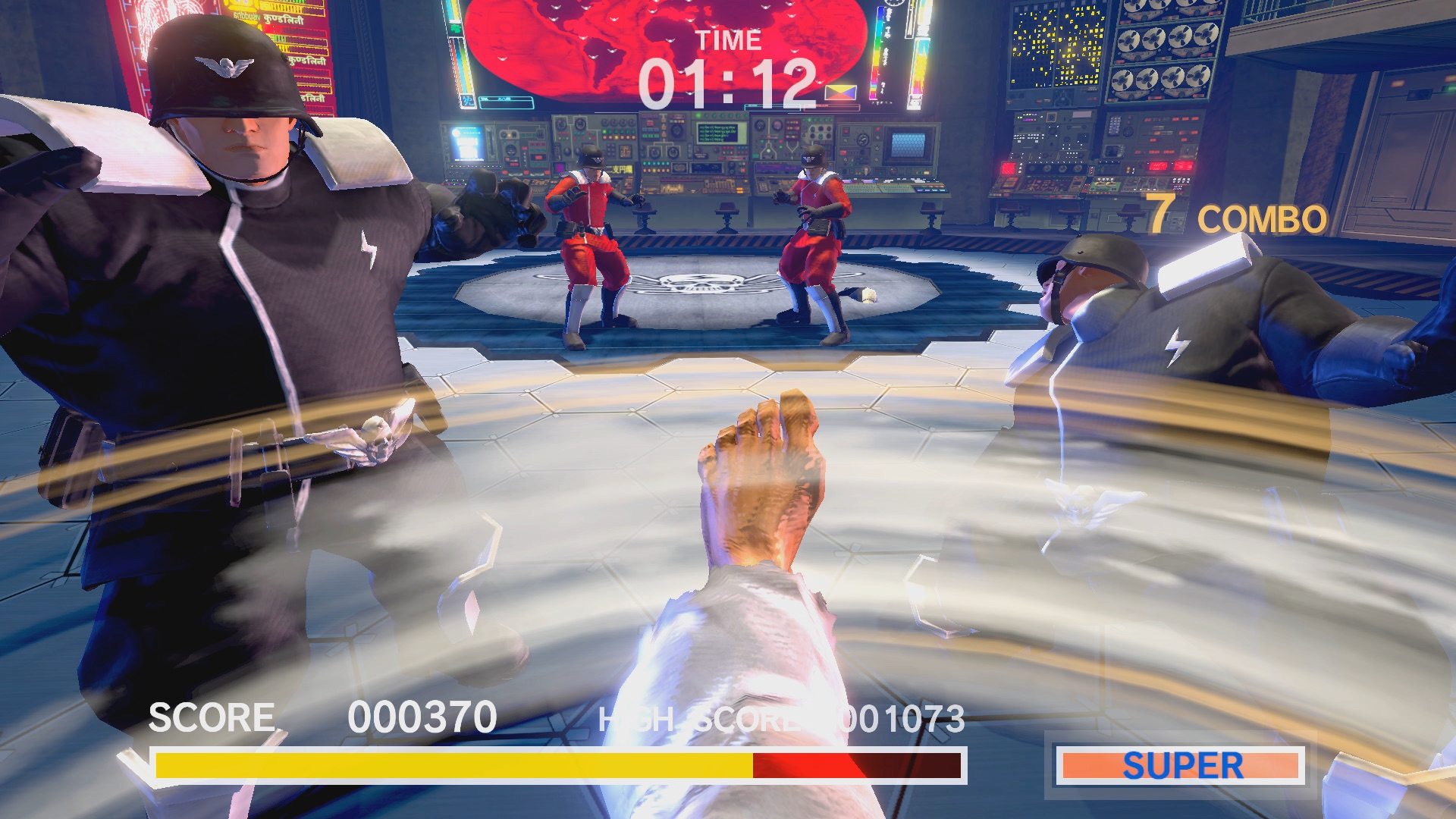
It will come as no surprise that the Way of the Hado mode will become the most divisive addition. Harkening back to the glory days of the Wii, this motion control-driven experience largely feels experimental in execution.
With the player wielding a Joy-Con in each hand, the first-person mode will see you perform different gestures to unleash Ryu’s signature moves Hadoken, Shoryuken, Tatsumaki Senpukyaku and Shinku Hadoken. Whether pushing your hands forward horizontally, punching up with one arm or swinging your arms horizontally, the implementation is actually far better than most critics will give Capcom credit for. In any case, Hado Training will let you take the time to practice, presenting on-screen feedback about how you are performing each move to highlight reasons behind any inconsistency.
It is when you actually start playing stages that the developer’s clear effort soon falls by the wayside. With Stage Battle and Endless Battle your only options, players choose between three difficulty stages before they are soon facing the Shadaloo army. These single-instance stages are far too short and unengaging, players executing special moves to knock out increasingly tougher enemies as they advance.
Capcom has tried to lend some depth with a character progression system, players rewarded with Growth Points that can be used to power up Ryu. These can be distributed across six different statistics – Vitality, Attack, Speed, Spirit, Defense and Luck – that can see you increase the damage that Ryu deals or to help you build your Super Combo Gauge more quickly.
There can be no question that it was likely meant as a novelty, but the lack of variety in content hampers any reason to spend any significant length of time playing it.
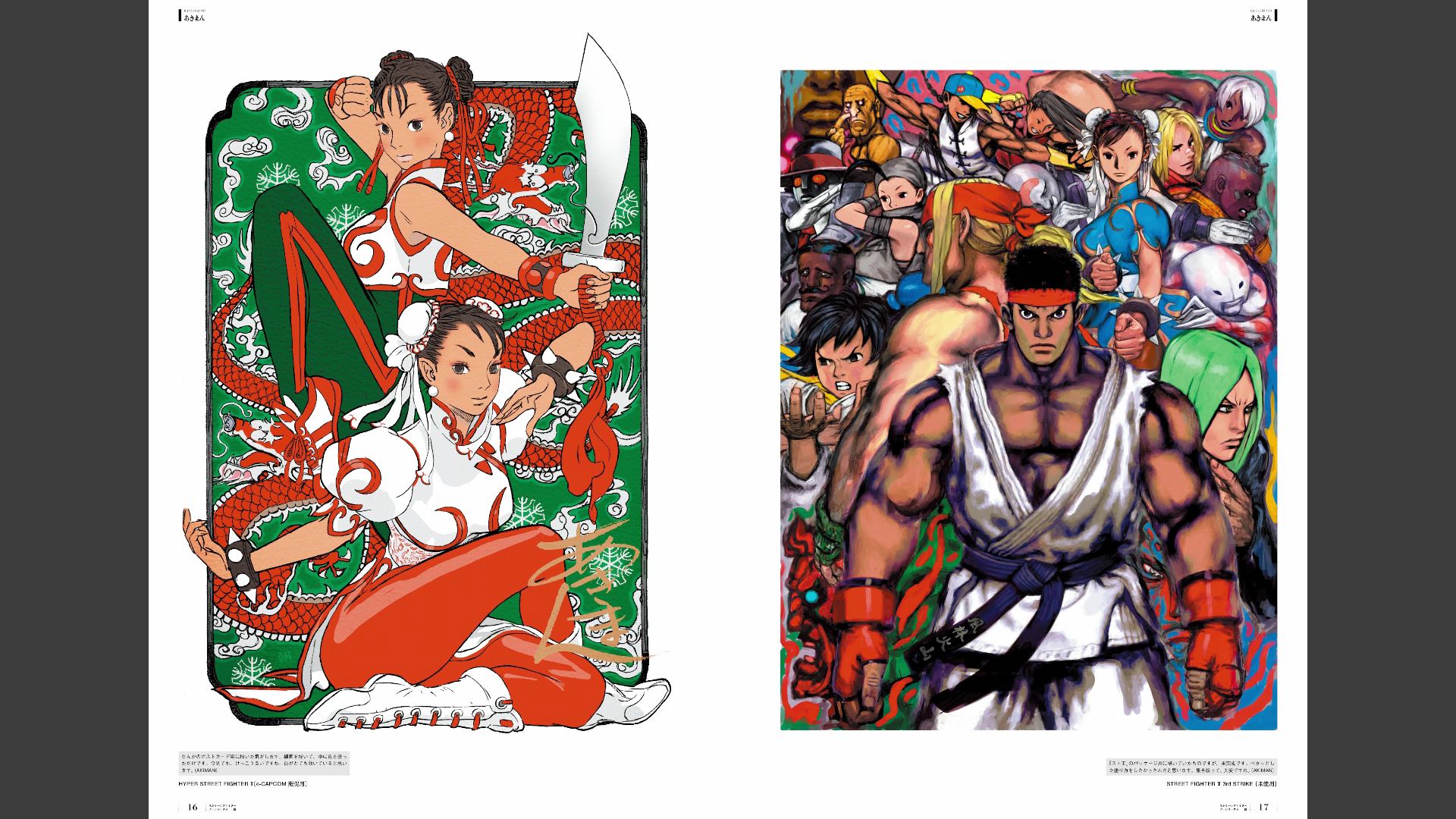
The most ardent fans will take great interest perusing the Gallery section, which comes packed with illustrations plucked from the out-of-print 273-page Street Fighter Artworks: Supremacy. With an accompanying Music Player letting you listen to classic and remixed stage themes while you turn each exquisitely penned page.
What makes it far neater is that, when playing in Handheld Mode, the player can pinch in and out on the touch screen to zoom and freely drag to scroll around each illustration. The only sour note is that any text has been left in Japanese – which means that we can’t learn more about their respective artists and inspirations. Still, it’s an incredible treasure trove.
Away from these stunning illustrations, Ultra Street Fighter II lets players choose to brawl in either old-school SNES-era graphics or those with a more modern sheen. With classic and remixed stage themes to select, too, these are interchangeable to let you use HD graphics against a vintage musical backdrop.
There has even been some effort to implement HD Rumble, which, once activated, looks to let you feel every Hadoken and Shoryuken that you unleash. The effect works but it is far too gentle.
Ultra Street Fighter II: The Final Challengers’ greatest success is how well suited it is to Nintendo Switch. Setting the console in Tabletop Mode, detaching Joy-Con and passing one to a friend, it’s a reminder that there simply isn’t any experience like it, let alone the fighting legacy that it now becomes a part of. Whether a play on nostalgia or not, the result builds to a definitive version of a fighting great.
Version Tested: Nintendo Switch
Review copy provided by Capcom

